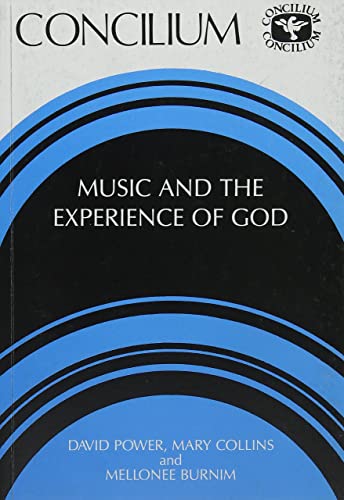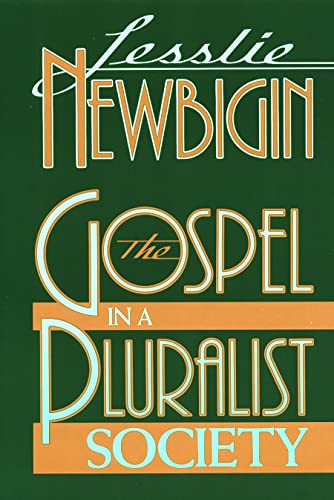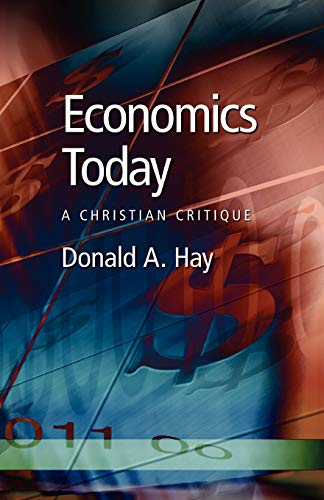The Fourth Gospel and its Predecessors. From Narrative Source to Present Gospel
Written by Robert T. Fortna Reviewed By Gary M. BurgeRobert Fortna has been one of the acknowledged masters of Johannine redaction criticism since his publication of The Gospel of Signs: A Reconstruction of the Narrative Source Underlying the Fourth Gospel(Cambridge: CUP, 1970). Since then Dr Fortna’s research has continued to probe beneath the surface of John, seeking evidence for an earlier document, a narrative source, which might be one of the earliest Christian writings in existence.
The quest may not be as far-fetched as it may at first seem. The Johannine literary puzzle is a well-known mystery. Lengthy discourses stand side-by-side with miracle (‘signs’) narratives and each seems to convey a different emphasis. Further, these disparate episodes in John seem stitched together into an ill-fitted patchwork. And this has left numerous tensions or irregularities (called aporias) in the gospel. Consider, for instance, the aborted ending at 14:31, or the peculiar geographical sequence in chapters 4–7. Even chapter 21 seems to be an addition, as does the prologue in 1:1–18. Jesus’ first sign is in Cana (2:11) and his second in Capernaum (4:54)—but many other signs intervene! In 16:5 Jesus remarks that no one was asking about his departure, but the truth is that in 13:36 Peter had done just that.
All of this evidence (and much more) suggests that the Fourth Gospel had been vigorously edited and, if we follow Fortna’s lead, edited somewhat clumsily. The aporias betray seams in the story and these in turn enable us to uncover the redactor or editor’s handiwork.
In the present volume Fortna seeks to reconstruct the original, ancient narrative source behind the gospel. In the first half of the book he divides the narrative (excluding the discourses which come later) into 20 sections (e.g. the testimony of John the Baptist, 1:6–7, 19–34 is sec. 1; the official’s son, 2:12a, 4:46–54, is sec. 4; and the great catch of fish, 21:1–14, is sec. 5). Each section is carefully scrutinized so that we can see the original story underneath the redactor’s veneer. There is a good deal of rearranging here (the cleansing of the temple is moved to the end; ch. 5 joins ch. 9) and no doubt much of Fortna’s redactional spadework seems like guesswork. Nevertheless the thesis is provocative and compelling and makes good sense in many places—for instance, no doubt the Jerusalem and Galilee signs should be gathered together. On the other hand one wonders how, say, in John 11:1–45 (pp. 94–109) Fortna can so confidently cut away the secondary accretions.
In the second half of the volume Fortna makes what may be the most troubling and certainly the most speculative step. He attempts to analyse the original theology of the source and then reconstruct the outlook of the editor based on the hypothetical reconstruction of the text just given. Following the traditional categories of biblical theology, Fortna studies Christology, signs and faith, salvation, the death of Jesus, and eschatology to see how the Johannine community was undergoing theological change. One example will suffice. The original narrative source presented Jesus as a worker of miracles and signs. The editor shifts the focus away from this to say that the chief sign was Jesus’ death by which he gave us life.
The casual reader will be astonished at the degree to which Johannine literary criticism has dissected, rebuilt, and interpreted this gospel. And he would not be wrong to demur just a bit. Even Fortna knows that his work is very speculative and he sheepishly calls it ‘creative sleuthing’, hoping that only 50% of it will convince. Indeed some of his proposals are fascinating, such as when he supplies an excursus on the genre of the pre-Johannine source, compares it with the Synoptics, and dates the document in the 40s or 50s (pp. 205–220).
There is the nagging problem of method and control in this sort of effort, however. What test can verify such reconstructions? Could someone else sift the same material with utterly different results? Truth is, one gets the haunting feeling that Professor Fortna has found themes in the text which are as much his as anyone’s. But this will always be the danger in thoroughgoing redaction criticism like this. Separating the source from the redactor is often more art than science. And if the beauty of art is really in the eye of the beholder, then the success of Fortna’s results will depend entirely on who is doing the viewing.
Gary M. Burge
Gary M. Burge
Wheaton College
Wheaton, Illinois, USA







